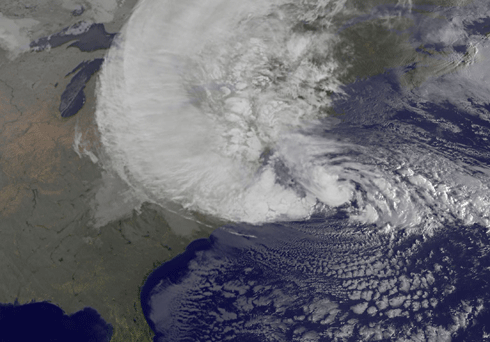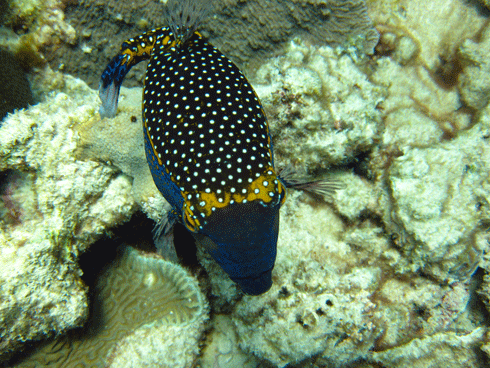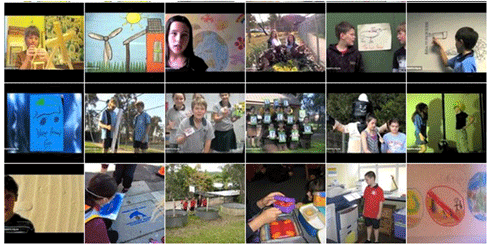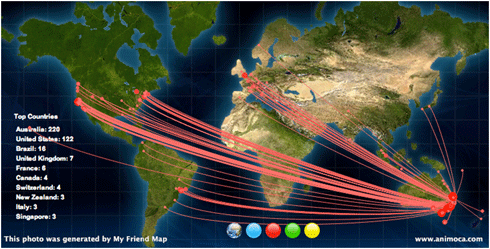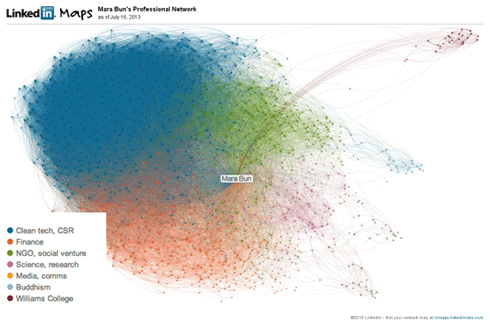
|
Published: 15 July 2013
Adaptation and the race against climate change
Five years ago, the federal government took what many felt was the visionary step of investing $50 million dollars in the National Climate Change Adaptation Research Facility (NCCARF). Despite its considerable achievements – which have been hailed globally – NCCARF last month failed to secure continued funding. The initiative has come to a close.
NCCARF was an initiative to address gaps in understanding and knowledge about the impacts of climate change, and to determine what is needed to adapt to those effects.
From 2010 to 2013, it commissioned and managed more than 140 projects across a range of disciplines, amounting to a nearly $40-million research portfolio. It employed the equivalent of 300 or so full-time positions, and nourished a thriving community of more than 5000 researchers and research end-users.
The facility delivered quality research on climate change adaptation across a range of themes. These included emergency management, human health, indigenous communities, primary industries, settlements and infrastructure, and water, terrestrial and marine biodiversity.
So why did such a successful initiative lose funding support? NCCARF director Jean Palutikof from Griffith University says the facility’s demise may be symptomatic of a greater disengagement from climate change. Paradoxically, this disengagement has coincided with reports of Northern Hemisphere atmospheric carbon dioxide concentrations topping 400 ppm.
According to Prof. Palutikof, NCCARF is not alone in suffering from losses or cuts in funding. ‘The corpses are all over the floor,’ she says. ‘I think NCCARF was a phenomenal vision by the Australian government ... but the Australian government at the present time isn’t particularly visionary.’
It’s not only the government that appears to have its head in the sand over the looming crisis of climate change. Business and industry – once thought to be leading the way on mitigation and adaption – now appears to be falling behind as well, according to Climate Institute CEO, John Connor.
‘By and large, most of business is walking backwards into the 21st century with blinkers on: looking at historical data, and not really looking at what are clearly potential changes in this century,’ says Mr Connor.
In its recent publication, Coming Ready Or Not: Managing climate risks to Australia’s infrastructure , the Climate Institute reported that government policies and regulations were ‘inconsistent, confusing and sometimes counterproductive’, while market signals that might encourage management of climate-change related risks were weak or non-existent.
As a result, the business sector’s preparedness for climate change is patchwork at best, says Mr Connor. For example, the water sector is a leader in terms of sectoral approach, and there are individual entities such as Brisbane Airport making significant changes, but ‘...you have the irony of the coal-loading facilities in Newcastle being built 4–5 metres higher than current levels,’ Mr Connor says.
‘I don’t think it’s been proven as a generalisation that business is ahead of government.’
Public attitudes to climate change adaptation are also fluctuating wildly, says Zoe Leviston, from the social and behavioral sciences group at CSIRO Ecosystem Sciences.
Dr Leviston and her colleagues have been collecting data on public perceptions of climate change mitigation and adaptation since 2010. They have found a range of views, even in the general public’s comprehension of what climate change adaptation means, let alone what it entails. Less than one-fifth of respondents in the team’s 2012 survey had even heard of the term ‘climate change adaptation’; and of those, there was significant variation in what people understood the term to mean.
‘When we went on to ask those one-fifth what they thought it meant, we got a lot of people just rewording the question, to say “it’s adapting to climate change”,’ Dr Leviston says.
The researchers also asked people what they were doing with respect to climate change mitigation and adaptation. Approximately one-third said they weren’t doing anything, one-third said they weren’t sure, and the remaining one-third said they were doing things to adapt to climate change. When asked what they were doing to adapt to climate change, the respondents nominated more than 10,000 activities. The team distilled these down to the most frequently nominated – cycling, reducing energy use, conserving water, reducing car use, and installing solar panels.
The team also came across a subset of adaptations that were, in effect, maladaptations: such as people saying they had installed air-conditioning to deal with increasing temperatures, or were stockpiling goods.
‘They’re definitely adaptations to climate change, but not necessarily the sort of behaviours you want people performing!’ adds Dr Leviston.
The mood among the biodiversity community is one of grim resignation, according to Climate Commissioner Lesley Hughes, ecologist at Macquarie University’s Department of Biological Sciences.
‘We are all resigned to the fact that the extinction rate is going to go up,’ says Prof. Hughes. ‘I think we’re all pretty resigned to the fact that we can’t save everything, there’s a lot of things going to be lost, and that our ecosystems in fifty years’ time are going to look very different to what they look like now.’
While humans may be following Nero’s example and fiddling while Rome burns, the rest of the natural world is already showing clear signs of adapting to climate change – where it can – by moving, changing life cycles and changing population dynamics.
‘Some of the clearest shifts are in marine species, because they have the opportunity to move in currents. We’re seeing a lot of tropical species in temperate areas, and we’re spotting temperate marine species further south,’ Prof. Hughes says.
Birds also have the advantage of being mobile, with signs of species turning up in new locations around the world.
‘The other sort of adaptation that we’re seeing is in terms of life cycles, such as earlier flowering, earlier bird migration, that sort of thing,’ she says.
But the option to move is not always available, as Prof. Hughes points out. Some areas, such as Australia’s already vulnerable alpine ecosystems, are facing a dire future.
‘There’s not a lot of altitude for things to move up into, and our snow is fairly dodgy at the best of times. The projections for the end of the century are that potentially we could have no snow left in mainland Australia.’
Given the scattergun approach to adaptation among humans, it’s hard to imagine that we will have much to offer in terms of helping the natural world to adapt. However, researchers and other concerned groups are making efforts to do what they can, where they can, says Prof. Hughes, to ‘...minimise that loss and manage the transformation of our ecosystems’.
She says the most important step is minimising existing stressors imposed on species, such as exotic species, habitat clearing, pollution and over-harvesting. Other, more deliberate interventions – such as species relocation, wildlife corridors and wildlife refugia – are also being trialled and implemented.
‘At the broadest level, the best thing that we can do to assist species adapt to climate change is to simply conserve them better, and do all the things we should have been doing anyway about reducing other threats much more effectively,’ says Prof. Hughes.
However, there is a sense that things are still moving too slowly against a backdrop of ever-increasing predictions of global temperature increases.
For the first time, the Climate Institute has added preparing for climate change impacts to its priorities for the upcoming election, demanding that parties disclose their ‘2-4°C-degree readiness’.
Nonetheless, Mr Connor believes there is some evidence of a reawakening of climate change awareness, particularly in the wake of Hurricane Sandy’s devastation of the United States’ east coast.
‘Superstorm Sandy seems to have been a major punctuation point in people beginning to revisit this. And, from speaking to some businesses, I know they’ve been doing a lot more adaptation work in the last few months, and people are beginning to look at that side of the ledger.
‘Unfortunately, and perversely here in Australia, we are a country of floods and droughts – so there seems to be a bit of resilience to the resilience message!
‘You would have thought a couple of one-in-a-hundred-year floods, coming one after the other, would have started to send some signals. But again, the signals are getting jammed by cultural and social and political inertia.
‘I’m not sure whether [the public response] will crack like a dam wall. I think we will start to see a continued build-up, which I think we’ve actually begun. The analysis is starting to happen.’
The big question, of course, is whether it will happen fast enough.



